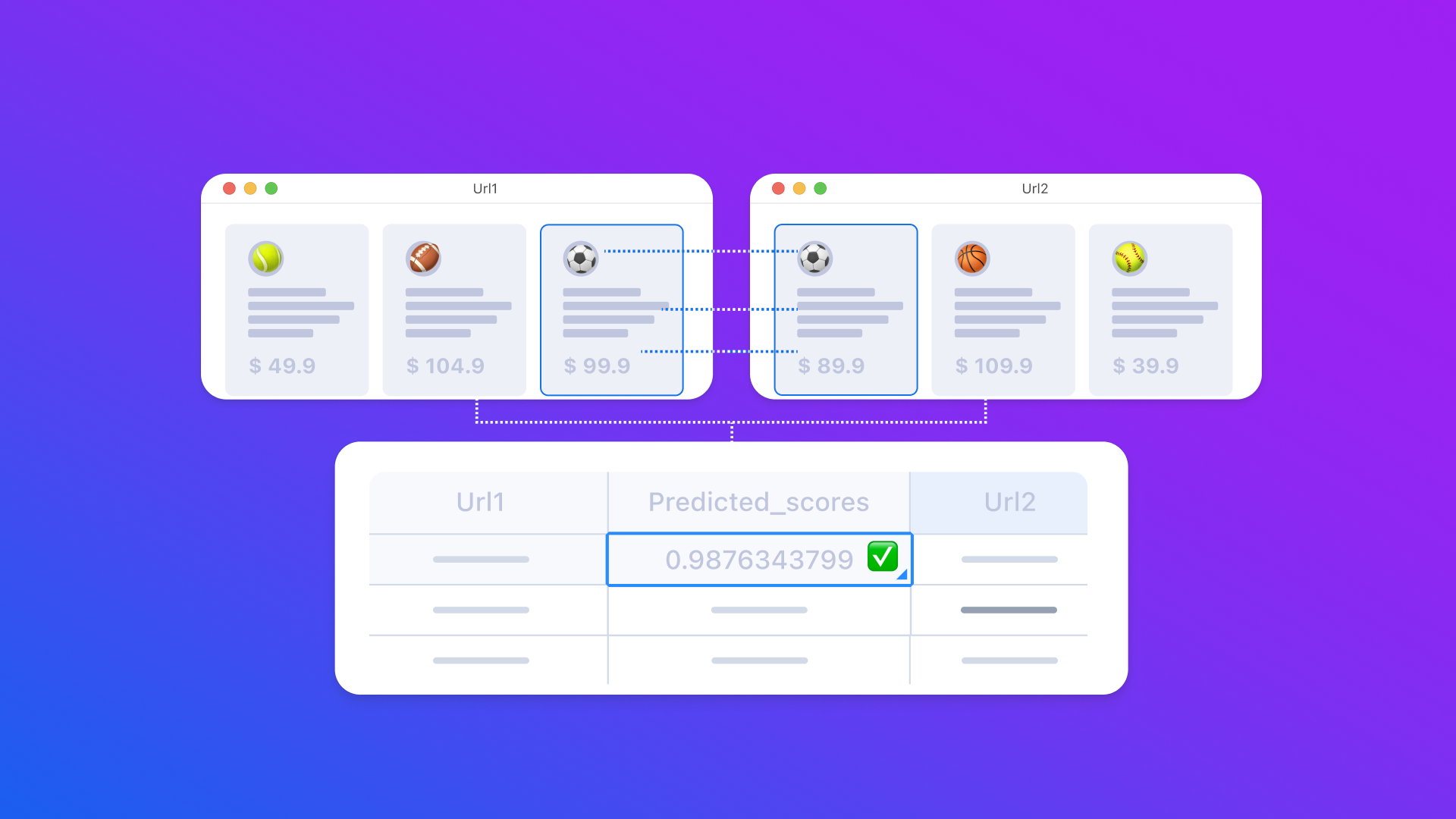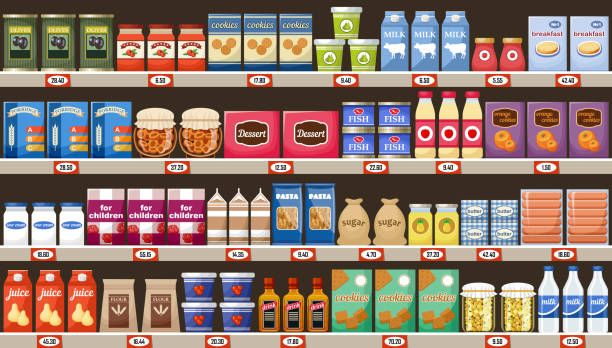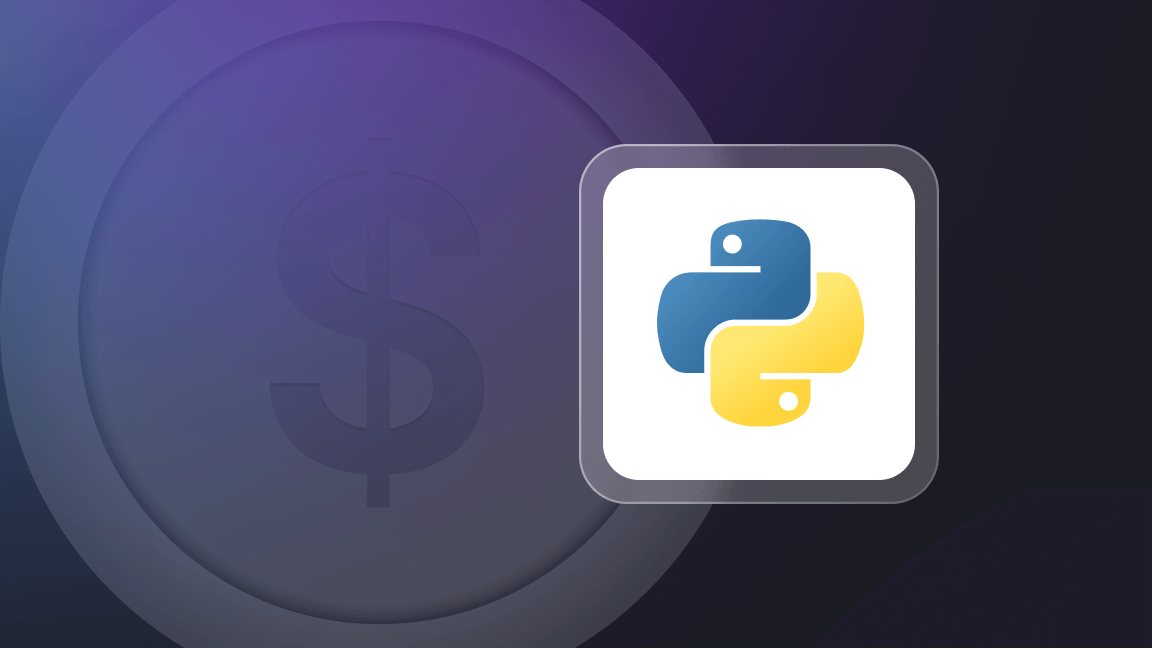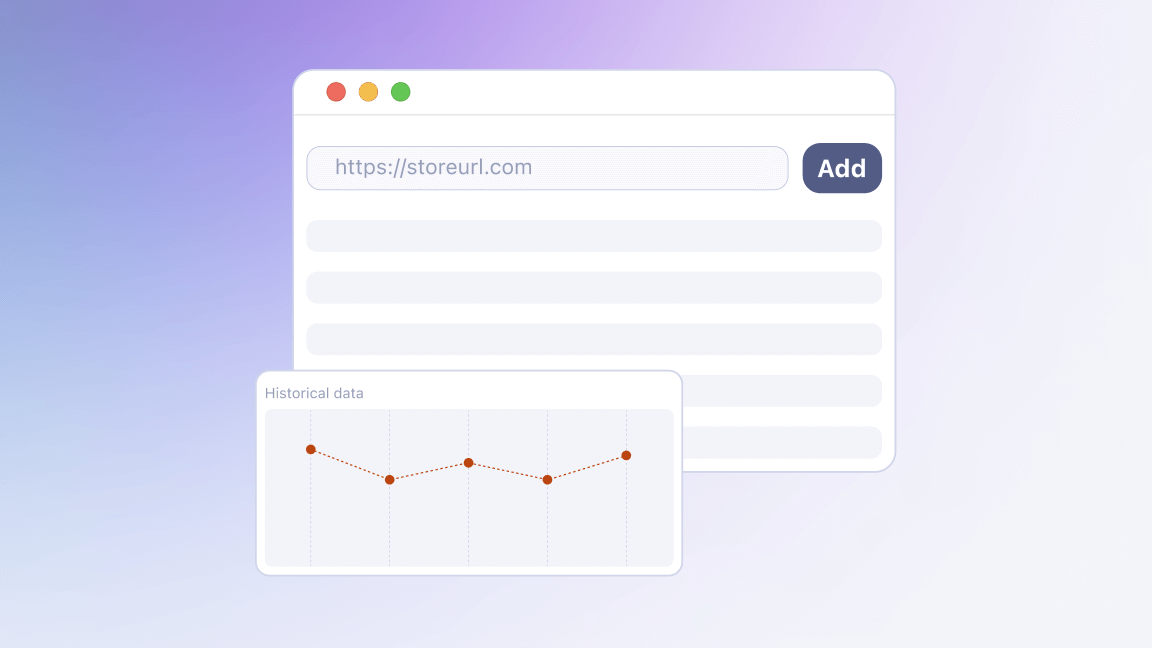We are all consumers. We all buy products, from food to clothes to appliances, and most of us compare prices to look for the perfect deal. Our grandparents checked a few stores before buying the washing machine with the best price-quality ratio. Thanks to the internet, we can now do the same without even getting out of bed. We browse websites, compare prices, check reviews, and order our product of choice.
That means that companies need to make sure that their prices are competitive. But that in turn means that they need data on their competitors. To gather this competitive intelligence data, businesses are turning to web scraping for market research, price scraping, and price monitoring.

What is price scraping?
Price scraping is the practice of automatically extracting price information from the internet using web scraping tools to scrape the data from websites and download them in structured data formats.
Studies show, that price is a significant factor in a customer’s decision whether to buy a product or not, as 87% of online shoppers cite it as an influential factor in their purchase. From regular price-sensitive consumers to hardcore bargain hunters, e-commerce attracts buyers from all generations: from 67% of millennials in the US, spending half of their budget online shopping, to 41% of baby boomers and even 28% of seniors. So businesses should definitely implement competitive price strategies to lead more customers towards the final confirm order click. And the best strategies are based on data.
But how to collect and analyze relevant data when millions of e-commerce stores are available online? Sure, they don’t all sell the same products, but even when you narrow it down to the right product type and area, you still end up with thousands of online retailers. And this is not a one-time data collection. Businesses need to continually check their competitors’ product pages as prices fluctuate all the time, based on numerous factors. Doing this manually would be straight up impossible.
The sheer amount of data makes automation necessary, especially in industries where prices change every second, like finance and travel. E-commerce prices are volatile, as retailers can quickly raise prices at peak hours when sales and online traffic are higher and bring them back down for the rest of the time. These pricing strategies make real-time information necessary, and checking once a day is not enough anymore.
The goal of pricing strategies is to set a price that covers the cost of production without taking the product out of the competition. Therefore, competitor price monitoring is essential. As the large amount of information available on the internet quickly becomes overwhelming, businesses are resorting to web scraping more and more often, either with an in-house web scraping team or with outsourcing.

Product Matching AI is out!
Looking to do product mapping for items from several online stores? Let the AI do it! Identify exact matches of product pairs using real-time data from web scraping.
What is the purpose of price monitoring?
There are several reasons why scraping prices may be good practice for your business. Most websites have APIs, but those APIs are sometimes very limited, as website owners choose what information can be extracted through them.
It's up to you to decide what data to extract with web scraping, as long as it’s publicly available. Price scraping tools make web scraping accessible with user-friendly interfaces and simple input options. Web scraping has its obstacles (such as CAPTCHAs and the need to sometimes use proxies) and can be tricky even for experienced programmers, especially if you need to create a tool from scratch. On the other hand, services like Apify make web scraping more accessible through ready-made tools which you only need to feed with simple input – such as a URL to scrape or keywords.
Price monitoring helps businesses with real-time competitive intelligence, pricing strategy, brand monitoring, and analytics. Let's look at each of these in more detail:
Real-time competitive intelligence
E-commerce businesses often change the prices of their products multiple times a day. Knowing when and how they do it gives you insight into their pricing strategy and helps you plan your own so that you, too, can change prices at the right time. One-time competitors’ price scraping is not enough to get insights: you will need to implement constant price monitoring practices and regularly collect up-to-date data to get real-time results.
Pricing strategy
Developing a good pricing strategy is fundamental to converting website visitors into customers. If your marketing strategy is working, you will receive many visitors to your website, but that’s not enough. You want those visitors to ultimately buy your products, not just look at them. Pricing strategies allow you to increase your profits by showcasing competitive prices so that when confronted with similar products, customers will choose yours.
Brand monitoring
Your business website is probably not the only platform where you sell your products. You also need to promote them on high-traffic, trustworthy sites where you can benefit from the reseller or reviewer reputation, customers, and policies. However, you must ensure that these websites adhere to fair price compliance and that your pricing strategy is updated on every platform. Regularly scraping the prices of your products gives you a quick and efficient overview.
Analytics
Scraping prices allows businesses to understand their customers better, starting from how they think and what they like. What time they are more likely to complete a purchase affects how you can increase your prices, for example. After you have collected all the price monitoring results and implemented your pricing strategy, the next step will be to analyze the results of this strategy and tweak it accordingly.

How does price scraping work?
Web scraping is not always easy, even for programmers. But price scraping tools make it more accessible if the scraping operation is not excessively complicated.
Price scraping involves identifying competitors, scraping relevant information, and exporting and analyzing results:
1. Identify your competitors
The first step to price monitoring is identifying your competitors based on product type, similar price range, geographic location, etc. You probably already have a few competitor names in mind. Manually search for them online, or scrape Google Search results for the names of products or product categories.
2. Scrape relevant information
Each business is unique, and for B2B ecommerce companies, it is crucial to scrape and analyze product data that directly aligns with their target market and industry needs to gain valuable competitive intelligence and make informed business decisions. You probably don’t sell every product your competitor sells, and vice versa, so you won’t need to scrape the whole online store. Focus only on products relevant to your analysis. Scrape the product page URL, or even better, use product codes like SKU or ASIN, so if the product page’s URL changes, your scraper will still scrape the right product.
3. Export results and analyze
It is possible to extract results in many different formats, but make sure you select one convenient for you to read, understand, and analyze. You can download a CSV file directly into a spreadsheet or use a ready-made integration like Zapier or Make to send data anywhere you want.
And if you run into any obstacles in your price monitoring process, take a look at this guide to navigating the most common web scraping challenges.
Is scraping prices legal?
Scraping prices is legal as long as you are scraping publicly available data, such as prices, you are not doing anything wrong. However, some businesses, especially those adopting dynamic pricing strategies like travel and retail, may take action to block scraping bots that they feel that price scraping might give their competitors an unfair advantage.
Competitors do get an advantage by using bots for scraping prices, but no part of this advantage is illegal. Product prices are publicly available on the web, and you might just as well have people keeping a constant eye on them taking turns in front of their computers. Only you wouldn’t want to do that, as price scraping bots do the exact same thing – only faster.
In-house vs. outsourcing
Businesses can have in-house programming teams dedicated to web scraping, outsource to web scraping providers, or use a dedicated platform like Apify which provides ready-made tools and infrastructure.
In-house programming teams dedicated to web scraping might seem like the best solution, offering control over the entire process. However, this often ends up being a burden on the business, as programmers need specific training to become proficient in web scraping, and price scraping operations gradually grow in volume. Therefore, more and more people are required in order to keep up with maintenance, infrastructure, the data extraction itself, and data analysis.
The most efficient solution might be to keep your web scraping team but move the web scraping over to a dedicated platform such as Apify. This way, your programmers don’t need to deal with the maintenance of the infrastructure anymore and can focus on specific scrapers instead.
The impact of price scraping on retail
As previously mentioned, automated price monitoring tools do provide advantages, but nothing that can be considered illegal. Price scraping has other impacts on retail that, although still not illegal, can damage the target business.
Price scraping may slow down the target website or even make it inaccessible. This slow navigating speed might lead to potential customers abandoning their cart out of frustration, therefore affecting sales conversion rates.
For these reasons, some businesses set up barriers on their websites to block scraping bots. But some scrapers these days are designed to be ethical and to respect the target websites.
Free price monitoring and product status tracking tools
Apify offers easy-to-use ready-made scrapers on Apify Store and custom solutions tailored to your business needs like Amazon Product Scraper.
All you need to do is insert the URL of the Amazon page you want to scrape. If you're ready to start scraping, you can go straight to Amazon Product Scraper by clicking on the button below.
For example, let’s say you sell water bottles and want to keep an eye on your competitors’ prices. First, you will need to type “water bottles” into the Amazon search bar. Then you will copy the URL from your browser’s URL bar and paste it into the scraper’s input field.
With Apify Console, it is also possible to schedule scrapers to run whenever you want. This allows you to keep getting results even when you are not sitting in front of your laptop and can’t start the scraper’s run yourself. It’s crucial to constantly receive updated pricing data to notice when competitors’ prices oscillate according to traffic and customer behavior.
Read more about how to run Amazon Product Scraper in this step-by-step tutorial, and try it now!
Or if you don't want to scrape Amazon, check out this guide to scraping Walmart or our favorite e-commerce scrapers for March 2022. Apify Store is packed to the brim with useful price scraping tools to gather data from online stores that sell everything from clothes to fungi!









